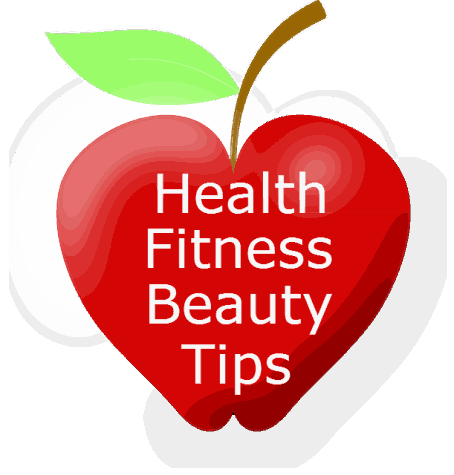Dandruff effects our personality also that's itchy and annoying
You can get rid from dandruff just follow these guidelines
Coconut oil for dandruff treatment:
While there's not a great deal of examination on the viability of coconut oil for treating dandruff, there's some proof that it can help with related skin conditions, for example, atopic dermatitis.
To utilize coconut oil, rub 2 tablespoons (30 mL) of the oil straightforwardly into your scalp and let it sit for five to ten minutes before washing it out.
You can likewise put a shower cap over your hair and leave the coconut oil on your scalp for the time being on the off chance that you wish. Wash the oil out with warm water when you get up toward the beginning of the day.
You may need to heat up the coconut oil by scouring it between your hands for a couple of moments or blending it in with a limited quantity of warm water before you can spread it over your scalp.
Another choice is to buy cleanser that contains coconut oil.
Eat healthy food and get rid from dandruff
Studies show that individuals who eat a lot of products of the soil are more averse to create skin conditions identified with dandruff, for example, seborrheic dermatitis.[18] Try eating a rainbow of leafy foods every day so you get an assortment of basic supplements, nutrients, and minerals.
Great vegetable alternatives incorporate verdant greens, beans and peas, cruciferous vegetables, (for example, broccoli and cauliflower), and beautiful veggies like carrots, radishes, peppers, and purple yams.
You can likewise get a scope of nutrients and minerals by eating a wide assortment of natural products, including berries, apples, citrus natural products, bananas, grapes, and melons.
Mean to eat 5 servings of vegetables and 4 servings of natural product every day. Check an outline like the one here to decide how huge a solitary serving is for different sorts of veggies and organic products
Bonus tip for dandruff treatment
If you want to get rid from dandruff quickly then buy this product that will be helpful







